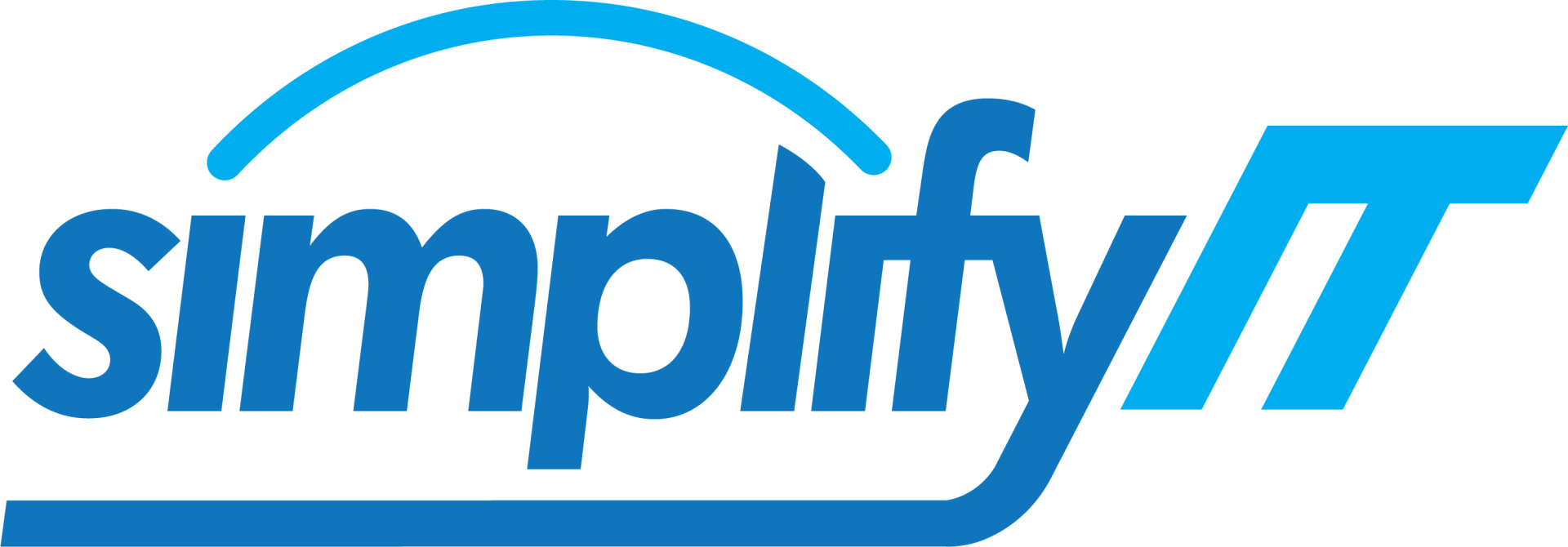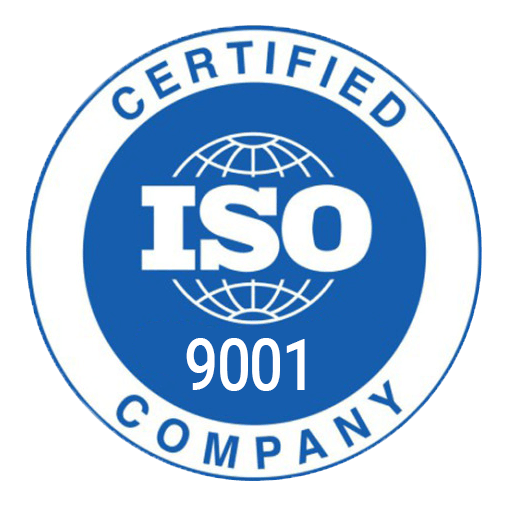Call Us: 0345 124 3440 Need Help? Support Help Desk
Your Best Options: Hot DRaaS vs Cold DRaaS
As a modern Business, your Data and Applications are your lifeblood. Most customers, suppliers, partners and regulators expect and insist that you protect your data and ensure minimum downtime. Your reputation and revenue may depend on it. Whether by natural disaster or cyber attack, your data and applications are vulnerable - unless you choose a Disaster Recover Strategy now.
There are many myths around Disaster Recovery: That it's a nice to have, or expensive, or just another type of needless insurance - or that all the options are the same. None of this is true. Sadly, businesses find out every day to their cost that they need Disaster Recovery, often when it's too late. If you ask us, Disaster Recovery as a Service is one of, if not the best use of cloud computing so far. We strongly advise you engage a partner who can deliver the Disaster Recovery plan you need (and your needs will be specific to your business). And we are more than happy to discuss your needs and your options with you without any obligation. We have options for you to choose from too. The two main DRaaS offerings being what we call Hot DRaaS and Cold DRaaS...
Hot DRaaS - Always on
Always On - One Button Failover
This solution uses a combination of standard VMware tools that run both on premises and in the Software Defined Datacenter (SDDC) in the AWS platform. This consists of a minimum of 3 hosts deployed in the SDDC and all the networking and services defined to support failover using the SRM packages.
This version can run any compliant version of VMware up to and including VMware 7.0. The system uses VMware replication to a defined vSAN in the SDDC which then allows the system to perform failover using the SRM functionality. Because the SDDC is previously designed, the failover works according to the SRM plans.
Not sure what this means? Want to know more?
Advantages
- Instant failover to full vSAN
- System is defined and always online to meet compliance checks.
- Full control over data locality.
- Cloud bursting possible.
- Changes can be made to the SDDC and tested during deployment.
- Most flexible option with regards to on premises versions of VMware.
- Changes can be made to support failover prior to the failover and tested.
- Fully managed service.
- Full support for running standby VMs and services (e.g. Exchange DAG, SQL AOAG)
- Native vSphere Replication (not CBT)
Considerations
- Full cost of the deployment is committed up front for the initial host layout and vSAN size. Additional hosts can be added using dynamic deployment.
- Alternatively, flexible payment options are available to spread the cost over a long period.
This is a very powerful option for those looking for an
instant, one button failover
that provides
minimal downtime
- usually less than an hour.
Rather than spinning up when you need it, it's
always on. It costs more, but is more cost effective when running.
Hot DRaaS is recommended for those who require near zero RPO and RTO.
Your very own team of
DR Experts
will carry out all the work for you and be on hand 24/7 to support you when you need us.
Cold DRaaS - On Demand
There When You Need It
The architecture of DRaaS uses a connector services installed within live system which then replicates the VMware data to a cloud store (SCFS). This is not replicated using VMware replication, but uses a customised version reliant on Change Block Tracking (CBT) on the originating VMs. This is similar to a backup product, such as Veeam, which uses the CBT to take the backups of the system.
The SDDC is created during the activation with the minimum of 3 hosts to initiate the failover. The process takes 90 minutes to configure the SDDC and then 45 minutes to deploy the initial host configuration. An additional 15 minutes is required to add a host, but critical workloads can begin failover from the 2:15 hour mark.
Additional time is required to create the correct SDDC configuration. This includes defining internal network, NAT rules, firewall rules, and other objects that are required to run the DR service. Also, any external facing resources, such as public IP addresses would need to be requested at this point and external services mapped to this address via DNS or GSLB services. These objects can be provisioned by script but would also need maintaining and testing in the event of changes to the production environment.
Not sure what this means? Want to know more?
Advantages
- Lowest cost as SDDC is not provisioned
Considerations
- SDDC costs are per hour so would be more costly during invocation or testing, as opposed to reserved instances.
- Testing for external connectivity is more time consuming due to the fact that external firewalls will need reconfiguring each time as the SDDC public IP addresses change on each test.
- Extended RTOs as system must be provisioned in order to run.
- Configuration is not deployed except during tests. Changes to configuration will not be available for testing until next invocation/test.
- Partial recovery possible, but with higher costs to perform the recovery.
- Currently only VMware 6.7 is supported for the replication application due to changes in the VMware replication technology.
- On Demand SDDC provisioning is subject to AWS availability of resources.
- Limit of 200TiB currently supported source VMs and Snapshot Deltas. VMware support can apply workarounds for data beyond this.
- Cloud storage (SCFC) is managed by VMware, you cannot use your own AWS account to store replicated data.
This is a
cost-effective
option for those who can absorb a slightly longer downtime window in the event of Disaster Recovery for the benefit of reduced costs when not required.
Rather than always being on, this spins up
when required, and requires slightly more manual intervention.


Simplify IT partner with VMware to provide you with the best Disaster Recovery Solutions available. As an accredited VMware Enterprise Solution & Cloud Provider, you can be assured that our services meet the very highest standards.
Are you ready to get started?
Want more info?
Fill in the form below with no obligation and we'll get you in touch with a Disaster Recovery Expert in no time.
Managed Service
We will get back to you as soon as possible.
Please try again later.
Why Disaster Recovery as a Service from Simplify IT
Modernise
Replace your existing DR
Simplify IT can seamlessly replace your existing DR plan without any fuss.
Optimise
Optimise your DR costs
We'll help you get the best DR plan for your needs and your budget
Protect
Rapid Ransomware Recovery
Ransomware was recorded as the number 1 cause of DR events recently.
Watch 'The Show Must Go On'
We ran a great webinar to highlight Business Continuity via DR in the Cloud.
Just fill in your email and we'll take you to it.
Everyangle Webinar
Thank you for contacting us.
A member of the team will be in touch shortly.
Please try again later





